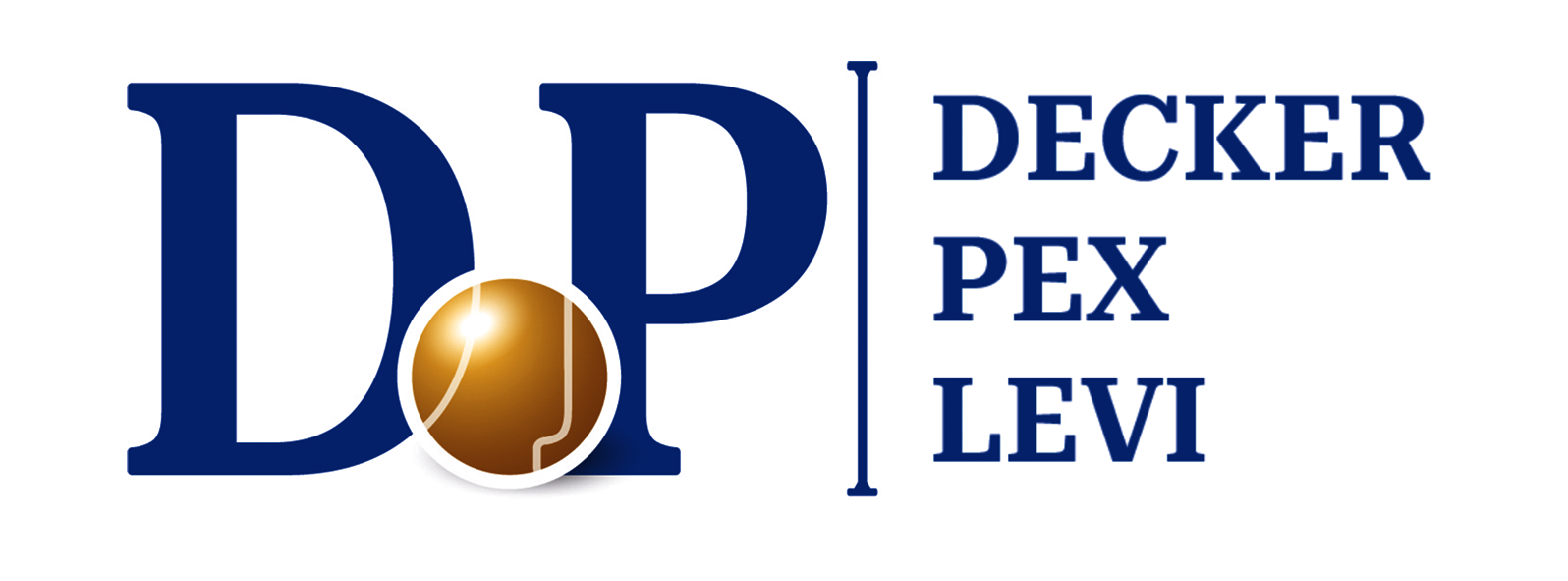Recently, there have been some significant developments in the law with regards to protection of design in Israel. New legislation and regulations that came into force in the past few years, introduced various new legal features. This includes protection of unregistered designs, broadening in the scope of assets that can be registered as designs, extension of designs’ term of protection and registration of international designs. In this article, an intellectual property (IP) attorney from our firm will elaborate on these exciting new features.
Decker, Pex, Levi is a boutique Intellectual Property (IP) Israeli law firm. Our attorneys specialize in legal assistance in various design, copyright and trademark matters. Our attorneys represent Israeli and international clients before the Israel Patent Office and the Israeli courts in registration procedures, infringement lawsuits, etc.
Introduction
 The field of design law relates to a wide range of industries, including fashion, automobile, smartphones, toys and so on. The importance of protection given to the design behind these and other types of assets is enormous. However, until recently the Israeli law provided a relatively narrow scope of protection to industrial designs. The statutory source of design protection in Israel was an old ordinance, from the days of the British mandate. It did not provide a sufficient legal framework, given the needs of contemporary designers.
The field of design law relates to a wide range of industries, including fashion, automobile, smartphones, toys and so on. The importance of protection given to the design behind these and other types of assets is enormous. However, until recently the Israeli law provided a relatively narrow scope of protection to industrial designs. The statutory source of design protection in Israel was an old ordinance, from the days of the British mandate. It did not provide a sufficient legal framework, given the needs of contemporary designers.
That situation had officially changed in 2018, when the new Designs Law came into force. The new law includes many features that did not exist beforehand. To mention a few: protection of unregistered designs, the ability to register international designs and the ability to register designs that have already been published.
Unfortunately, many are not fully aware of these dramatic changes that took place in the field of Israeli design law. Due to this lack of familiarity, we decided to create this article, in which we will share the good news about the new era of design protection law in Israel. Below we will elaborate on the current statutory sources of design law in Israel, as well as the many new features they include.
What are the Current Israeli Statutory and Regulatory Sources of Design Law?
There are 3 central legal sources that shape the framework of design law in Israel. Together with the aforementioned Designs Law, which was officially introduced in 2017, came 2 complementary regulatory sources: the Designs Regulations and the Designs Regulations (Application of Hague Agreement). Below we will elaborate on each of these sources and their content.
Designs Law
 The new Israeli Designs Law was legislated in order to provide an improved protection to industrial designers, to encourage new designs and to expand the scope of protected assets and the term of their protection. It is a very modern style of legislation, which aims to meet the needs of modern designers and encourage them to protect their designs.
The new Israeli Designs Law was legislated in order to provide an improved protection to industrial designers, to encourage new designs and to expand the scope of protected assets and the term of their protection. It is a very modern style of legislation, which aims to meet the needs of modern designers and encourage them to protect their designs.
One of the most important features of the new law is the expansion of types of intellectual assets that can be included under its protection. The previous legislation provided protection to only “objects”, namely, tangible assets. The new law extends the legal protection to “products”, defined as both tangible and intangible assets (such as fonts, icons, screen displays, etc.). The protection is further applied to components of a product that can be assembled together.
Another unprecedented feature is the protection given to unregistered designs. The protection here is somewhat similar to copyright protection, in the sense that it does not require registration in order to apply. However, it still requires to meet the criteria of qualification for a design under the law, mainly novelty and an individual character. This feature is accompanied by a “grace period” of 12 months from the publication of the design until registration. It allows designers (and mostly young designers) to check the public response for the product before making the decision on whether it should be registered.
There are further features in the new law, such as the extension of the term of protection given to registered design. Prior to the new law, the maximum term was 15 years. The term under the new law is up to 25 years, based on payment of renewal fees. We elaborated on the new law and its features in another article that was published on our website.
Designs Regulations
The new law is accompanied by new regulations that sets the legal framework behind the more procedural side of design registration and protection. Among others, the regulations postulates the examination process of design applications. They also provide the lists of registration fees and types of products for which a design can be registered. In addition, the regulations set the ways of marking an unregistered design, which is necessary in order to enjoy the protection under the law.
Designs Regulations (Application of Hague Agreement)
These regulations are of the most significant landmarks in the Israeli IP law. Along with the recognition of well-known trademarks and the ability to register international trademarks in Israel, the new regulations enable, for the first time, to register a single design in multiple countries. It can be a registration of Israeli designs abroad and it can be a registration of an international design in Israel. The registration is possible in all the members of the Hague Agreement (currently 88 countries and governmental organizations).
How to Protect a Design in Israel?
 So far we’ve discussed the contemporary legal framework behind design law in Israel. We will now briefly elaborate on the protection granted under the Israeli design law. The ideal way to protect an industrial design in Israel is to register it in the designs registry, which is handled by the Designs Department of the Israel Patent Office.
So far we’ve discussed the contemporary legal framework behind design law in Israel. We will now briefly elaborate on the protection granted under the Israeli design law. The ideal way to protect an industrial design in Israel is to register it in the designs registry, which is handled by the Designs Department of the Israel Patent Office.
The examiners of the Designs Department review applications and conclude whether they meet the eligibility criteria set by the Designs Law, mainly the novelty of the design and its individual characteristics. A successful registration of a design would grant it a protection that can last for up to 25 years.
The registration of a design requires expertise in the field of design law, and familiarity with the laws, regulations and related case law. It should be highlighted that according to the Israeli law, the first to file a design shall win its registration (similarly to patents). It is therefore highly recommended to get the assistance of an experienced design attorney, in order to secure the process from the side of the applicant.
How Can an Unregistered Design be Protected?
 In the past, the law did not grant a specific protection to unregistered designs. Accordingly, the courts refused to recognize unregistered designs as eligible for protection. Related legal torts/claims, such as passing off and unjust enrichment, were extremely difficult to prove, due to the high standards set by the courts with respect to protecting unregistered designs.
In the past, the law did not grant a specific protection to unregistered designs. Accordingly, the courts refused to recognize unregistered designs as eligible for protection. Related legal torts/claims, such as passing off and unjust enrichment, were extremely difficult to prove, due to the high standards set by the courts with respect to protecting unregistered designs.
As mentioned above, the new Designs Law changed the situation dramatically. It allows, for the first time, to protect unregistered designs for 3 years from their publication. We elaborated on the requirements for protection of unregistered designs and the differences between them and registered designs in an additional article which was published on our website.
Contact Us
For more questions about design protection under the Israeli law, the attorneys from the Decker, Pex, Levi law firm are available to be at your service. Our attorneys specialize in design law and intellectual property, and are experienced with handling design registration and obtaining legal protection to IP assets in Israel and abroad.
